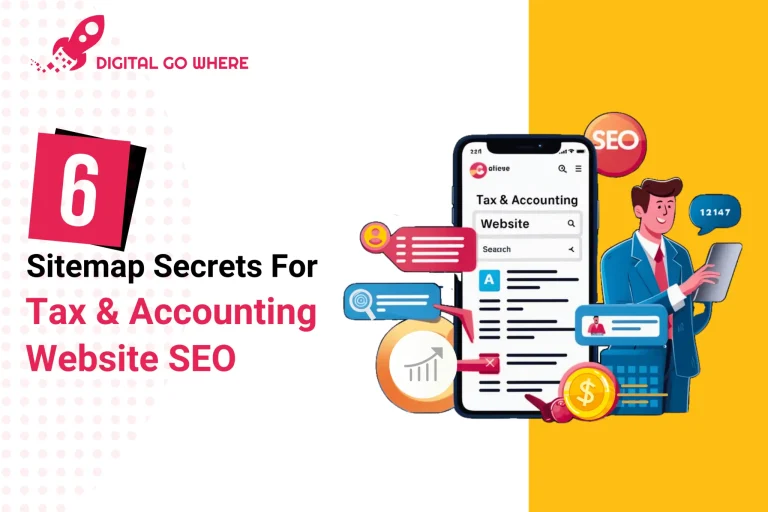
But how do you transform a good offer into an irresistible one? How do you ensure it stands out in a saturated market, connects with your audience on a deeper level, and ultimately compels them to say, “Take my money!”? These are the questions we’ll tackle, breaking down the anatomy of offers that catch the eye and reliably convert interest into sales. Let’s explore the essential elements that can make or break your digital offers, transforming how you approach marketing and sales in the online arena. Ready to dive in?
Table Of Content
- What's the Difference Between a Product and an Offer?
- The 5 Key Elements of an Irresistible Offer
-       1. The Promise of Transformation
-       2. Positioning Your Offer
-       3. Pricing and Price Anchoring
-       4. Creating Scarcity in Your Offers
-       5. The Power of Bonuses
- Conclusion
What's the Difference Between a Product and an Offer?
Let’s examine how IT and technology companies, particularly those offering SaaS (Software as a Service) platforms, utilize the distinction between a product and an offer to boost their market appeal. Suppose a company offers a popular project management software platform, known for its robust features and user-friendly interface. To enhance the deal, imagine they introduce a promotion where customers who purchase a yearly subscription receive a complimentary integration service that usually costs half as much as the subscription itself.
By transforming a straightforward software subscription into a more valuable and attractive package, the company increases the likelihood of conversions and boosts customer satisfaction and loyalty. Promotions like these make the purchase decision more exciting and beneficial, turning a regular software subscription into a compelling opportunity. This approach not only incentivizes new customers to sign up but also solidifies the relationship with existing customers, encouraging renewals and long-term loyalty.
The 5 Key Elements of an Irresistible Offer
1. The Promise of Transformation

Example of Tax Consulting Services:
Title: How to Define the Promise
- Current State: A business is facing constant delays and errors in its tax filings, leading to penalties and fines.
- Desired State: They want error-free tax filings and timely submissions.
- Promise: “Eliminate tax filing errors and avoid penalties with our tax experts.
- Be Specific: Outline exactly what your product does and the realistic outcomes customers can expect.
- Targeted Appeal: Customize the promise to resonate with specific customer needs. For hair growth products, the promise might be tailored to those struggling with hair loss due to aging or stress.
- Before and After: Illustrate the change with before and after images or testimonials to show the effectiveness of your product.
- Emotional Connection: Connect on an emotional level by addressing how the transformation will improve their daily life and confidence.
- If possible, refine your promise to target a niche market. For instance, if your hair growth product is particularly effective for postpartum hair loss, make that your focal point.
2. Positioning Your Offer
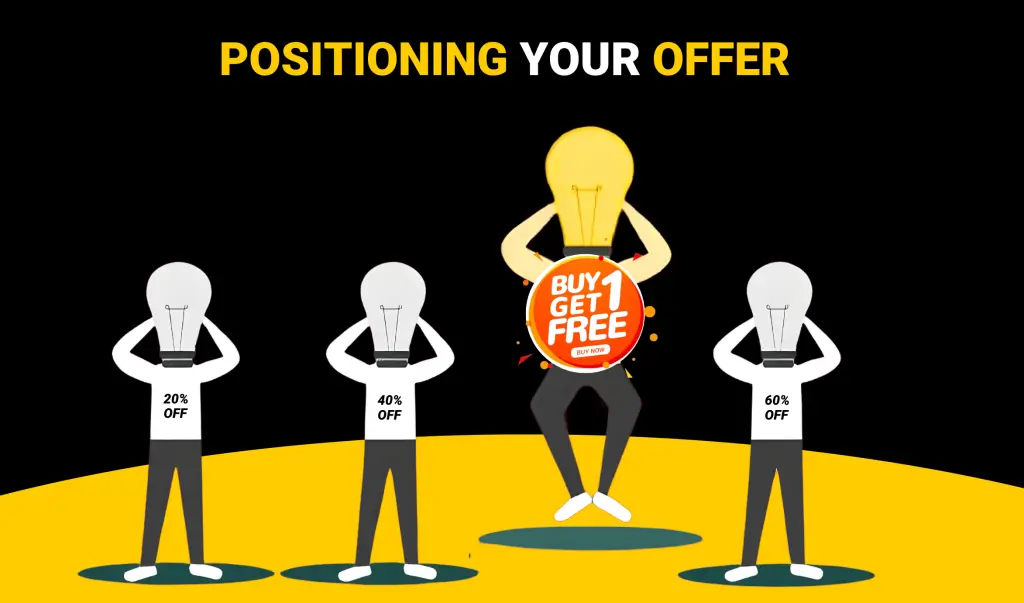
1. Understanding Positioning:
Positioning is about defining how your offer stands out in a crowded marketplace. It’s the strategy of crafting your offer so it’s seen as the preferred choice for a specific audience.
2. Define Uniqueness:
- What makes your offer unique?: Explain how your product or service differs from others. Is it more effective, faster, backed by scientific research, or does it use unique ingredients or technology?
3. Target Specific Needs:
- Identify Pain Points: Understand where your potential clients are now—what struggles are they facing that your product directly addresses? Clients might be overwhelmed by complex tax regulations and frequent compliance issues, leading to stress and financial penalties.
- Desired Outcome: Clarify what changes they hope to see, and how your product makes that transition possible.example- They want simplified tax processes, assured compliance, and peace of mind knowing they are avoiding penalties.
- Unique Offer: “Partner with our expert tax consultants to simplify your tax processes and ensure compliance with minimal effort. Gain peace of mind in just one quarter!”
- Clear Benefits: State clearly how choosing your offer will improve their life. “By choosing our tax consulting services, you’ll enjoy hassle-free tax seasons, avoid costly penalties, and have more time to focus on growing your business.“
4. Niche Targeting:
- Be Specific: Tailor your offer to a well-defined audience segment. For instance, If your consulting service is particularly beneficial for small tech startups struggling with financial management, emphasize this in your positioning.
- Call Out Your Ideal Client: Make it clear who the program is perfect for, such as “Ideal for small tech startups seeking efficient financial management solutions!”
3. Pricing and Price Anchoring
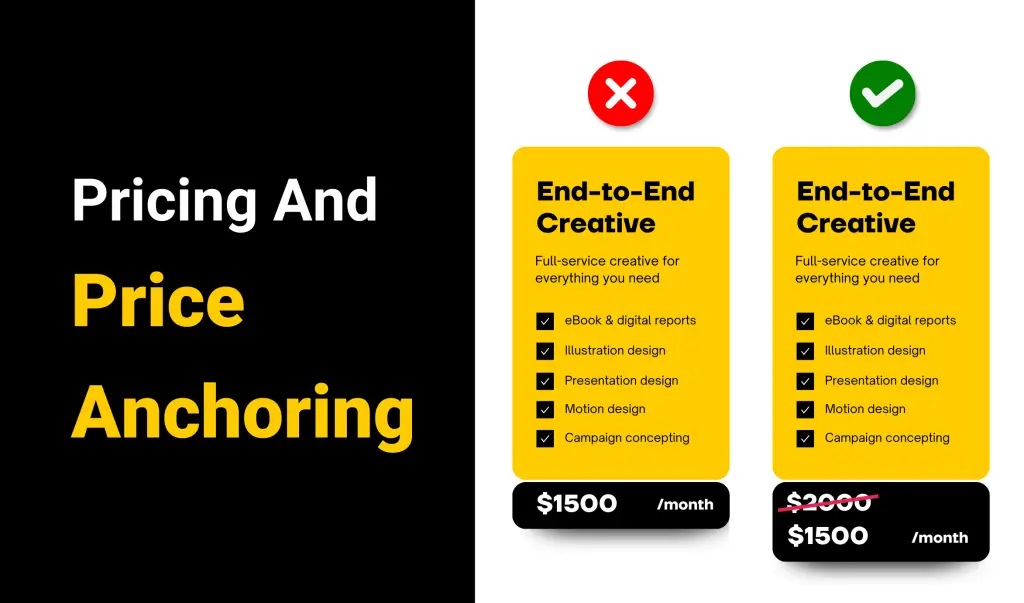
1. Explaining Pricing Clearly:
When presenting your pricing, clarity is key. Ensure that potential customers understand exactly what they’re paying and what they’re getting in return.
2. Implementing Price Anchoring:
Definition: Price anchoring is a strategy where you set a reference point for your price, helping customers perceive the value of your offer. This method educates your market about why your pricing is set at its level.
Standard Rate: Suppose the standard rate for your project management software is $50 per month.
Premium Package: You could offer a premium package at $70 per month, which includes additional features such as advanced analytics and priority support. Anchor this by first showing that these additional features separately would normally cost $100.
3. Using Comparative Anchoring:
You can also anchor your price against external factors, such as the cost of hiring a project management consultant, which might typically cost over $200 per hour. By positioning your $70 premium subscription as a more economical option with similar benefits, customers see the price as more reasonable and beneficial.
4. Communicating the Offer:
Clearly communicate how the subscription costs align with the benefits: “For only $20 more than our standard plan, enjoy advanced analytics and priority support—features valued at over $100 monthly!”
4. Creating Scarcity in Your Offers
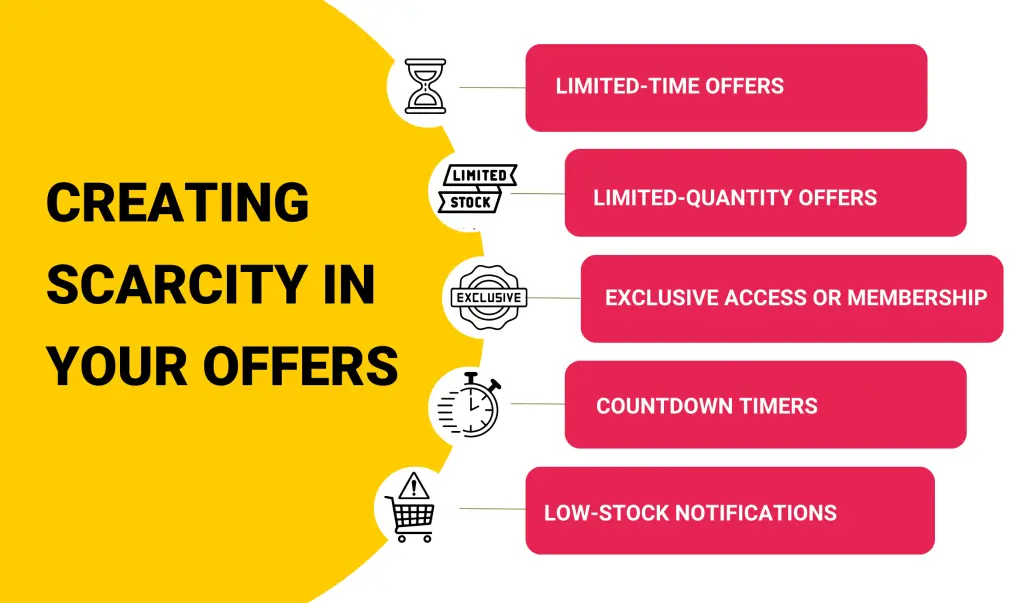
1. What is Scarcity?:
- Scarcity is a marketing strategy that involves making an offer more attractive by highlighting its limited nature. It urges customers to act quickly due to the finite availability of the product or service.
2. Types of Scarcity:
- Limited Time: Offer a special discount that expires within a short period. For example, “Sign up for our project management software today and get 10% off your first month, valid only for the next 48 hours!”
- Limited Quantity: Announce a limited stock on a popular item. “Only 15 spots left in our exclusive business strategy webinar—secure your place before they’re gone!”
- Special Editions: Release a product that is available only for a specific season or event. “Get our limited edition business analytics tool available only during the Q4 sales season—don’t miss out!”
3. Implementing Scarcity Effectively:
- Be clear about what is scarce and why. Transparency helps build trust. For example, explain that the discount is due to a special partnership or celebration.
- Ensure that the scarcity is genuine. Artificial scarcity can lead to customer distrust if they see the offer recurring too frequently.
4. Examples of Effective Scarcity:
- Expiring Bonuses: “Subscribe to our SaaS platform by this Friday to receive a complimentary onboarding session!”
- Price Increase: “Our subscription rates will increase next quarter—sign up now to lock in the current pricing!”
By integrating scarcity into your offers, you not only encourage quicker decisions and increase conversions but also enhance the perceived value of your products or services. Make sure to use this strategy wisely to maintain credibility and customer loyalty.
5. The Power of Bonuses
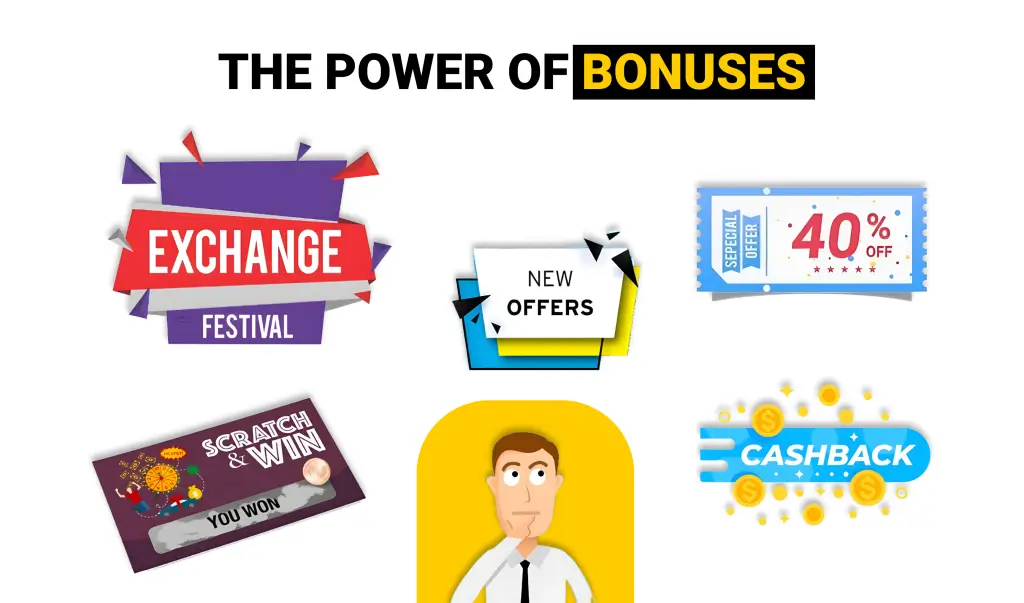
1. Purpose of Bonuses:
- Bonuses enhance the main offer’s value and act as incentives to motivate purchases.
2. Designing Effective Bonuses:
- Relevance: Choose bonuses that complement the main product, such as a free setup consultation for software purchases.
- Address Objections: Use bonuses to overcome specific customer concerns. For example, if time commitment is a barrier, include efficiency tools or quick guides.
- Track the effectiveness of bonuses through customer feedback and adjust offerings accordingly to maximize appeal and sales.
3. Examples of Strategic Bonuses:
- B2B Consultancy: Offer a complimentary business audit and personalized strategy session as a bonus to new clients.
- Tax Services: Provide a free tax planning guide and an initial consultation session as a bonus for new subscribers. By integrating well-chosen, clearly communicated bonuses into your offers, you can significantly boost their attractiveness and effectiveness.
Conclusion
At Digital Go Where, we understand that the success of your digital marketing efforts hinges on more than just great content or advanced strategies—it’s about creating offers that are irresistible to your target audience. By focusing on the key elements of a compelling offer—promise, positioning, pricing, scarcity, and bonuses—we help you craft strategies that not only capture attention but also convert that attention into real, tangible sales. As we continue to navigate the fast-paced world of digital marketing, our goal is to ensure that your offers stand out, delivering both value and excitement to your customers. Let’s work together to transform your marketing initiatives into profit-generating machines. Ready to make your next campaign your most successful yet? Contact us at Digital Go Where, and let’s turn those digital marketing challenges into opportunities.
FAQs
What is price anchoring?
Price anchoring involves setting a reference point by which potential clients can gauge the value of your offer. This could be through comparison with a higher priced option, emphasizing the deal they are getting.
How often should I revise my offers?
Regular audits are essential to ensure your offers remain relevant and compelling. We recommend reviewing your offer quarterly or after any major market shift.
Can bonuses be too generous?
Yes, bonuses should enhance the main offer without overwhelming it. Keep them relevant and limited to avoid devaluing your primary service or product.
Most Popular





